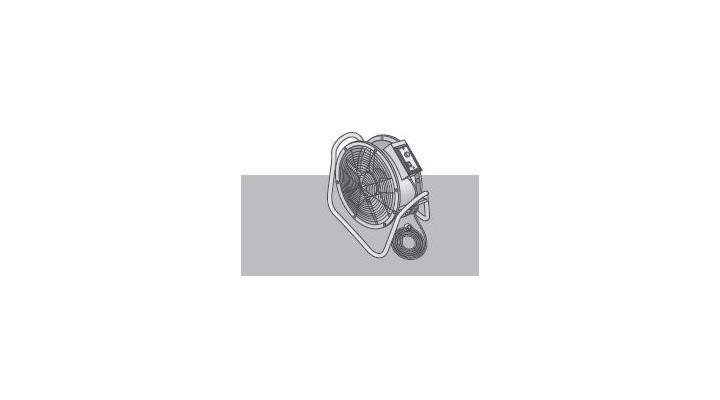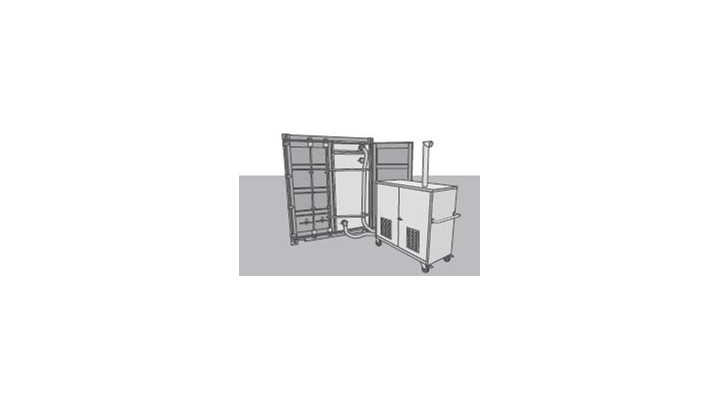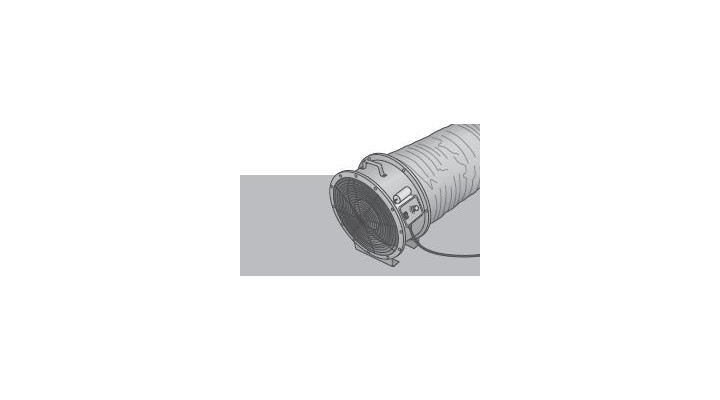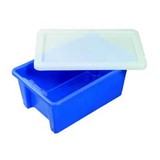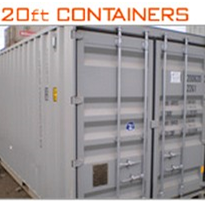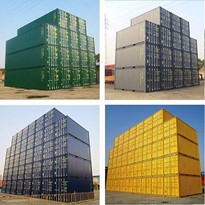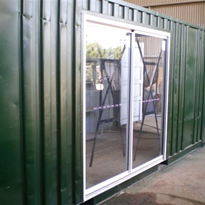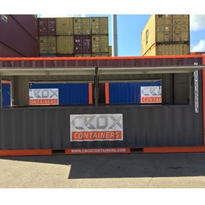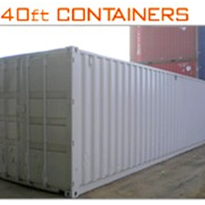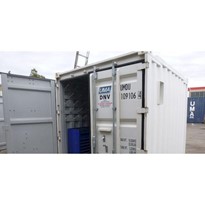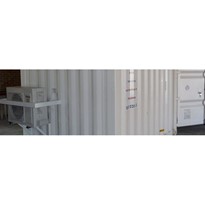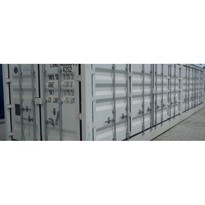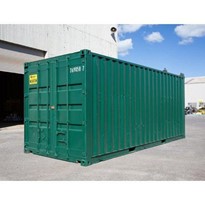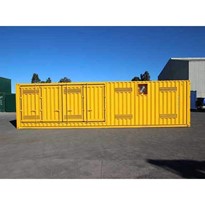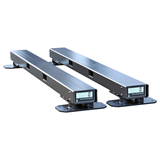What is the problem?
Shipping containers that are fumigated and ventilated may still contain a significant quantity of methyl bromide (MeBr) due to poor venting procedures, desorption or entrapment of the gas in packaging. This may present a risk to persons involved in unpacking these containers.
What are the risks?
Methyl bromide affects the central nervous system. Depending on the level of exposure, inhalation of MeBr may cause dizziness, drowsiness, headache, nausea, blurred vision, numbness, tremors and speech defects. Exposure to very high concentrations may cause pulmonary oedema (fluid in the lungs) as MeBr is an irritant. Chronic exposures may also affect various other organs. The national exposure standard for MeBr is five parts per million (ppm) averaged over eight hours.
What is a solution to the problem?
The risk to subsequent handlers of these containers during unpacking operations must be eliminated or reduced, as far as reasonably practicable, by the following safety measures:
1. Prepare the container prior to introducing the fumigant by:
- Ensuring sufficient space for air circulation to make it easier to ventilate the container (eg repack on pallets)
- If this cannot be achieved, considering unpacking the container and fumigating as a less than container load (LCL)
- Considering making holes in packaging or shrink wrapping to prevent fumigant being trapped.
2. Set up mechanical ventilation within the container to circulate the MeBr during fumigation and to vent the container on completion of fumigation.
3. Set up sampling tubes within the container (at a depth of at least 1.5–2.0 metres from the door) to monitor the level of MeBr.
4. Fumigate the container as required by the Australian Quarantine and Inspection Service.
5. On completion of fumigation, ventilate the container for a suitable period of time using natural or mechanical (blowing or extraction) ventilation until the level of MeBr is less than 5ppm.
Note: Use of mechanical ventilation is recommended where the container is tightly packed, highly absorptive material is present or there is packaging that may trap the fumigant.
6. Prior to testing for MeBr, turn off any mechanical ventilation and allow the container to sit for at least 30 minutes. This allows for any desorption or diffusion (through packaging) to occur.
7. Test for MeBr within the container using suitable equipment capable of detecting less than 5ppm.
8. If levels greater than 5ppm are detected, repeat the ventilation process until less than 5ppm is achieved.
9. Provide information to warn the transport company and end-user the container has been fumigated with MeBr, ventilated and precautions to be taken by:
- Placing a fumigation warning notice across container doors (a suitable warning notice as per AS 2476-2008 General fumigation procedures is shown overleaf)
- Issuing a clearance certificate to indicate the date of ventilation, time and level of MeBr achieved (less than 5ppm).


